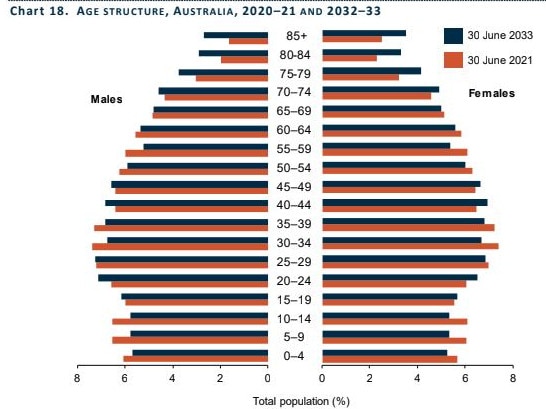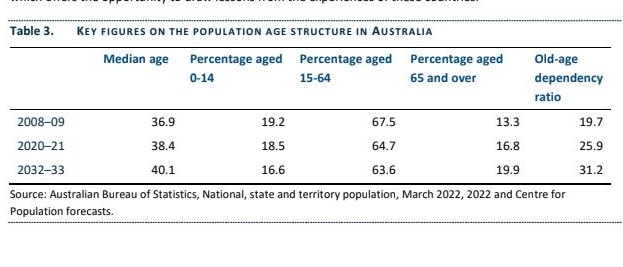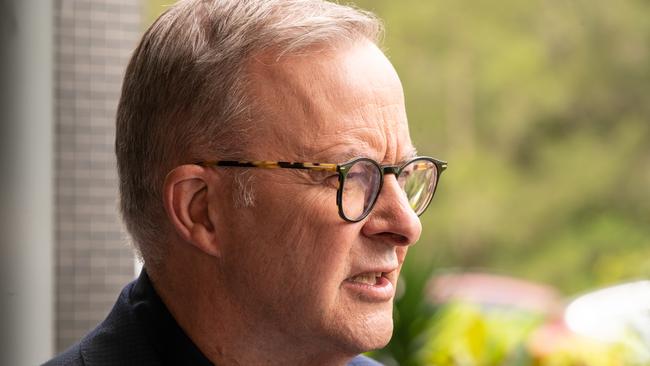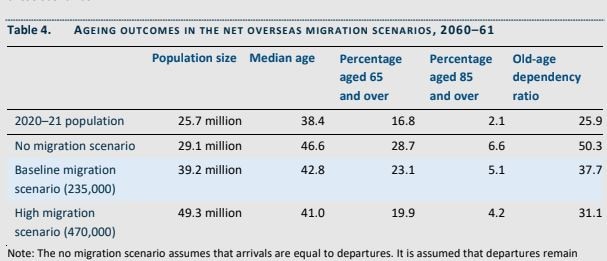Deaths spiked in 2022 amid Covid wave as Australia’s ageing population causes concern
New figures have revealed the real impact the Omicron variant had on Australia in 2022.

Australia’s life expectancy took a dive during the Omicron wave in 2022, new data has revealed, owing to a 17 per cent spike in deaths.
Nearly 130,000 people died during the first eight months 2022 – 13.2 per cent higher than the same period in 2021, and 17 per cent above the historical average.
At least 7700 of those deaths were doctor-certified as being caused by Covid-19, six times higher than during the entirety of 2021.
The majority of the spike in deaths in 2022 are attributable to the “challenge” of an ageing population – including dementia and heart conditions – as the proportion of people aged over 65 continues to grow.
The increase in deaths between 2021 to 2023 has resulted in a temporary drop in life expectancies, however that’s expected to gradually increase over coming years, before reaching 87 for women and 83.5 for men by 2033.
Treasury’s latest Annual Population Statement reveals as the proportion of Australians over the age of 65 grows, so does the burden on younger workers.
The report found that the share of those over the retirement age will grow from 16.8 per cent in 2020-21 to 19.9 per cent in 2032-33 before reaching 23.1 per cent in 2060-61.
That’s set to be combined with a declining fertility rate, projected to decline from 1.66 babies per woman in 2021–22 to 1.62 babies by 2030–31.
As a result, the median age will balloon from 38.4 years old in 2020-21 to 40.1 in 2032-33. It was 36.9 in 2008-09.

The ageing population is driven by increasing life expectancies and falling fertility rates, with the wave of older Australians created by a large baby boomer generation.
As the proportion of older Australians increases, so does the cost to the budget and the tax burden on the working population according to Melbourne University demographics professor Peter McDonald.
“We need to be concerned about it, because the wave is coming, the baby boomer generation is not that far away,” he said.
“The issue there is that older people, particularly people aged 80 and over, is where the growth of population will be very big.
“The baby boomer generation is coming into those ages, and the population over 80 tends to be relatively expensive in terms of health care, residential aged care and so on.”
Treasurer Jim Chalmers said a “huge challenge” is ahead.
“The way our population changes and evolves and grows over time is really crucial to our society, but also to our economy, and Covid has had an extraordinary impact on our expectations for population growth – whether it’s fertility, whether it’s migration, whether it’s the slowest population growth a couple of years ago in the depths of Covid that we’ve had for more than a century,” he told ABC News.
“All of these things are really crucial determinants when it comes to thinking about planning for our future.
“We need to make sure as a government and as a society that we’ve got the services and the infrastructure to keep up with population growth.”


Professor McDonald says that future governments need to make sure they are prepared for the explosion in costs.
“We have to be prepared for that, we see at the moment in aged care, for example, big labour supply problems,” he said.
“There is a supply problem now but it’s going to get a whole lot bigger when the baby boomer generation gets to those very older ages, so we need to be planning for that.”
Governments need to make sure that they’re ensuring that migration levels remain high enough to bring down the ageing population.
“What migration does and the good thing about it is to concentrate the population as far as possible in the working ages, that is in the ages that pay tax,” Professor McDonald says.


Most migrants arrive in Australia between the ages of 15 and 34, according to the annual report.
“Because migrants arriving in Australia are relatively young, overseas migration has helped slow Australia’s population ageing amid declining fertility rates and increasing life expectancies,” the report says.
The report predicts that the percentage of those over the age of 65 in 2060-61 could be brought down from 23.1 per cent to 19.9 per cent if migration was doubled to 470,000 people per year.
Professor McDonald doesn’t recommend increasing the number of migrants from around 235,000 per year.
“I think around 200,000 per year is good, if a huge number is coming in, for example, if you double it at 400,000, then you’ve got enormous infrastructure and absorption problems, you can’t deal with that number,” he said.
Treasurer Jim Chalmers said the government was working on reviewing the migration system and would make changes if it needed to.
“We’re optimistic about Australia’s future, but realistic,” he said.
“While Australia is recovering from the impacts of the pandemic faster than many other nations, the statement released (on Thursday) highlights the demographic challenge ahead.”


